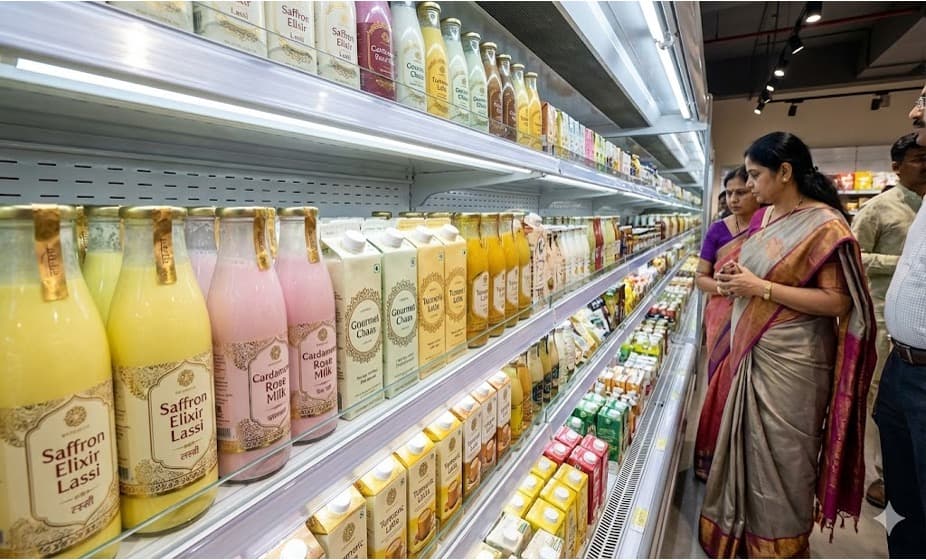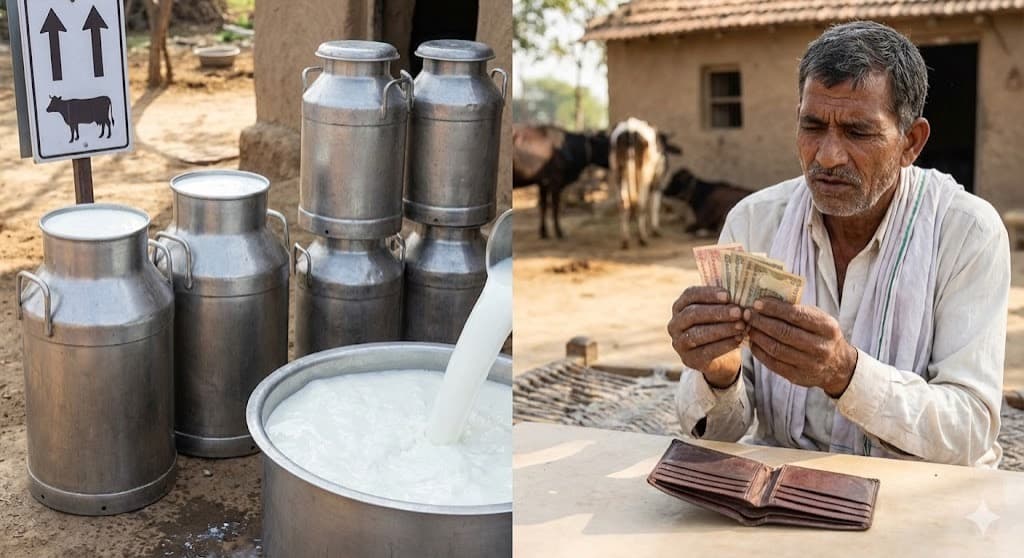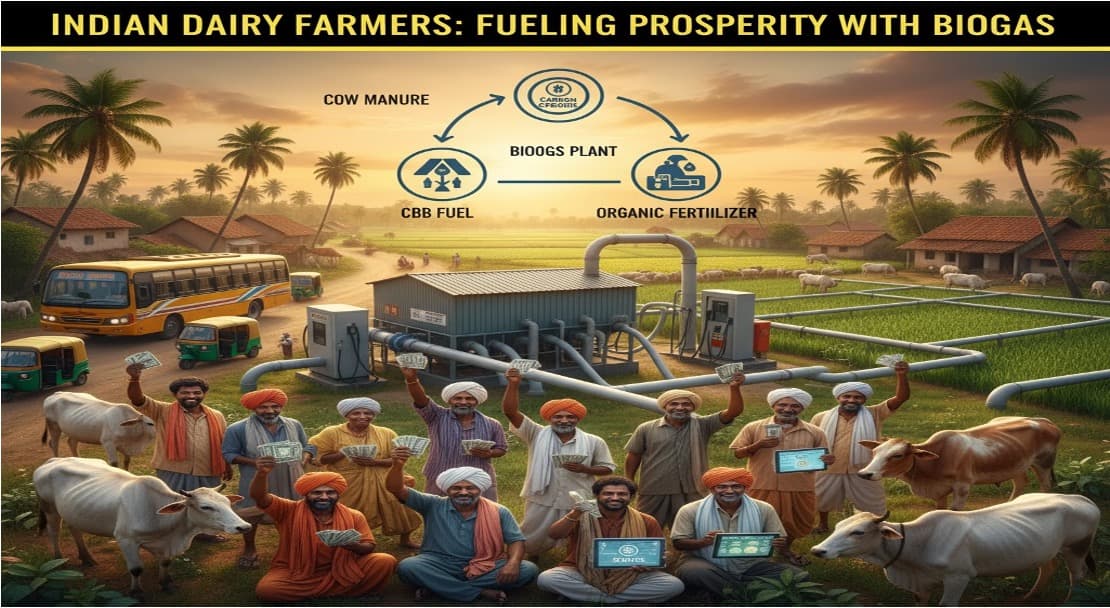Once widely accepted as a necessary staple for growing children, dairy foods have faced concern over fat and sugar content and pressure from a range of plant-based beverages perceived as healthy and sustainable alternatives. But there is much to be excited about as dairy foods are increasingly recognized among health advocates, policymakers and consumers for their role in supporting health at all life stages.
Recently, yogurt got a major win when the U.S. Food and Drug Administration (FDA) announced it will not object to the use of certain qualified health claims regarding the consumption of yogurt and reduced risk for type 2 diabetes. This decision means that food companies can now advertise that regularly eating yogurt, at least two cups per week, may reduce risk of type 2 diabetes. This is big news.
Research continues to emerge that showcases the myriad of benefits provided by dairy foods, including whole-milk dairy foods, which offer a unique and essential package of nutrients that provide multiple health benefits, including optimal growth and development in children and reduced risk of developing chronic diseases into adulthood. At the same time, views on sustainability are expanding beyond looking solely at environmental impacts, and now consider contributions of food to the health of people and communities.
Whole-milk dairy foods, dairy matrix yielding positive health benefits
Whole-milk dairy foods, which contain saturated and other fat types, are showing positive impacts on chronic disease risk. For example, dietary patterns higher in fruit, vegetables, legumes, nuts, fish and whole-milk dairy have been associated with reduced risk of cardiovascular disease. Cheese and yogurt, specifically, are not associated with adverse effects on cardiometabolic health regardless of saturated fat and sodium content.A food matrix considers the relationship between a food’s nutrient and non-nutrient components — including vitamins, minerals and bioactive components, as well as physical structure, texture, and form — and how they impact digestion, absorption, and physiological functions important for health. The dairy food matrix is one of the most complex and diverse food matrices, and research continues to explore its unique health benefits, which include optimal growth, cognitive development, gut health, and prevention of chronic diseases.
Dairy milk, in comparison to alternative beverages, offers the most balanced distribution of energy from carbohydrates, protein, and fat.
“Sustainability” includes nutrition
The Food and Agriculture Organization of the United Nations (FAO) and the World Health Organization (WHO) already use a broader lens to talk about sustainable healthy diets. “Sustainable healthy diets are dietary patterns that promote all dimensions of individuals’ health and well-being; have low environmental pressure and impact; are accessible, affordable, safe and equitable; and are culturally acceptable,” according to FAO and WHO.Through the lens of sustainable nutrition, dairy foods play an important role because they are nutrient-dense, provide essential nutrients needed throughout the life span and contain other diverse bioactive compounds. In addition, the dairy industry is making significant advances in climate-smart practices. A report from the University of California, Davis, shows the California dairy industry is on target to achieve its commitment to a 40% decrease in greenhouse gas emissions by 2030 and predicts California dairy farms will reach climate neutrality by then.
California dairies are also using energy-efficient lighting, cooling, and pumping methods and solar energy, as well as investing in anaerobic digesters to capture and convert methane in manure to biogas for clean energy. Additionally, dairy farms have decreased water usage by 88% during the last 50 years by repurposing agricultural byproducts such as almond hulls into cow feed rations and recycling water on the farm.
While this traction is good for dairy foods, the dairy community must continue to share its progress toward sustainability goals while working together to advocate for nutrient-dense dairy foods. By doing so, dairy farm families and milk processors spread the word that dairy foods are an essential part of healthy, sustainable eating patterns.









